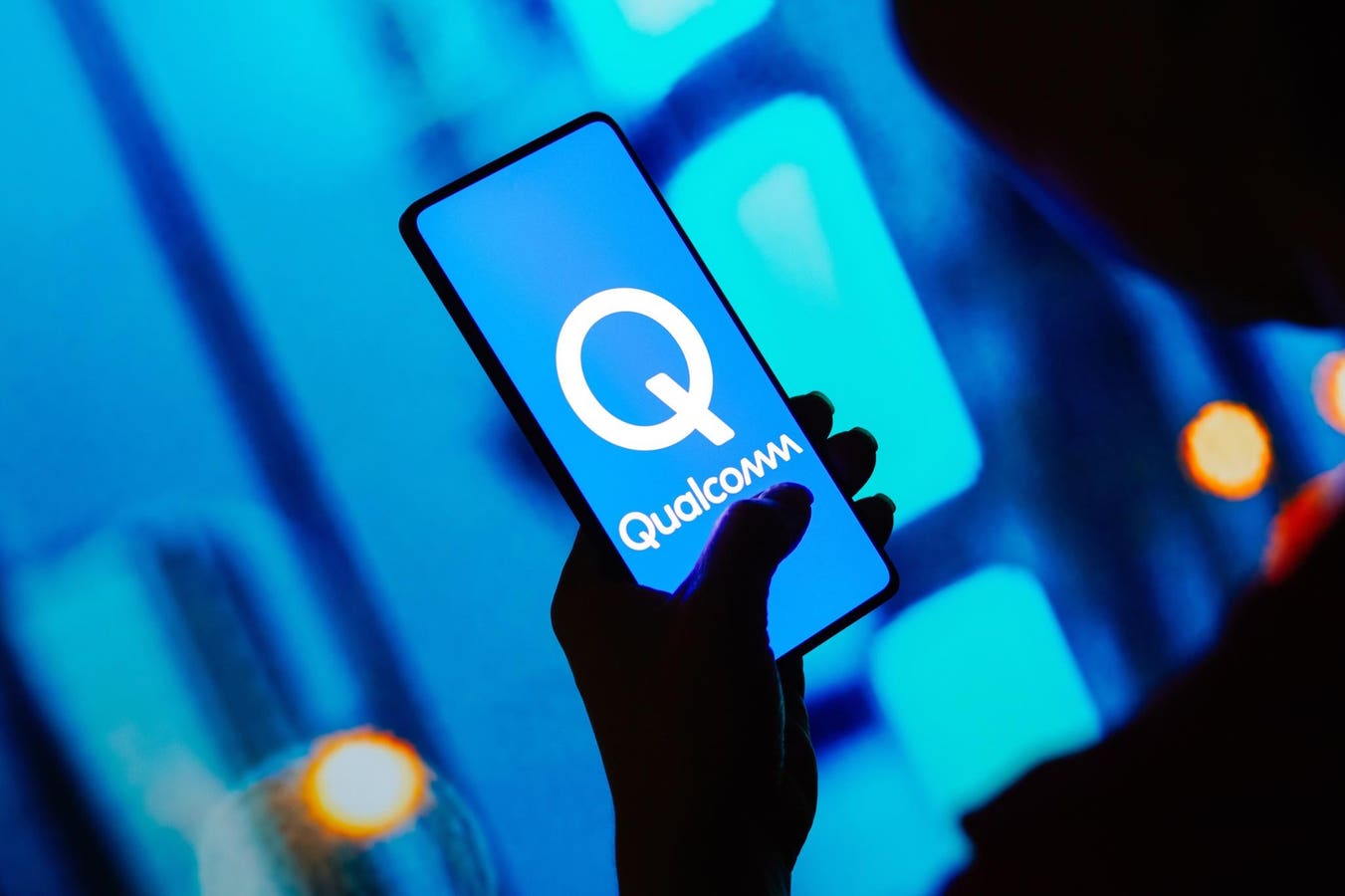Taking a look back at seven days of news and headlines across the world of Android, this week’s Android Circuit includes Samsung Galaxy S24 benchmarks, Qualcomm launches Snapdragon 8 Gen 3, Honor Magic6’s AI power, Dimensity 9300 performance, Pixel 8 Pro screen details, Xiaomi 14 released, and a welcome WhatsApp feature.
Android Circuit is here to remind you of a few of the many things that have happened around Android in the last week (and you can find the weekly Apple news digest here).
Samsung Galaxy S24 Benchmarks
Benchmarks for various Samsung Galaxy S24 handsets are coming out, and the differences between the two chipset choices – Exynos or Snapdragon – are making themselves known. As expected, the Exynos is not matching the Snapdragon. In the months before the launch, can the South Korean company sell both choices as valid?
“The new performance details on Samsung’s upcoming smartphones come from the online benchmark site Geekbench. The latest listing includes the entry-level Galaxy S24 with 8 GB of memory running an Exynos 2400 chipset, 2011 on single-core and 6086 on multi-core. Previously, the Galaxy S24 Ultra running a Snapdragon 8 Gen 3 racked up 2234 on single-core and 6807 on multi-core.”
(Forbes).
Qualcomm Unlocks AI For All
One of the most significant pieces of the smartphone story for 2024 will be Qualcomm’s premium Snapdragon chipset. The Snapdragon 8 Gen 3 series was launched this week with some substantial performance numbers. Perhaps more important though is the impact it will have on practical AI in smartphones and the work that can be done on device:
“One major benefit is that you can expect much faster image generation via Stable Diffusion. Qualcomm previously demonstrated on-device Stable Diffusion on a Snapdragon 8 Gen 2 reference handset, taking over 15 seconds to generate an image from a text prompt. However, the company says Stable Diffusion now takes less than a second to generate an image. The company also says it’s working with Snapchat to implement this faster Stable Diffusion solution in the app.”
(Android Authority).
Honor Taps The AI Power
During the launch of the Snapdragon, Qualcomm invited Honor to the stage to talk about the impact of the 8 Gen 3’s AI. Honor previewed the large Language Model on the upcoming Magic 6 to improve the human/phone interactions:
“[The Honor Magic6] will come with the new Snapdragon 8 Gen 3 SoC. The company also reveals that this device will showcase the power of its on-device large language model (LLM). At the Snapdragon Summit 2023 in Hawaii, Honor said that its LLM has a parameter size of seven billion. Honor and Qualcomm collaborate and leverage their expertise to support on-device LLM. They also form a human-friendly ecosystem that allows an easy, smart connection across multiple devices.”
(GizChina).
Dimensity 9300 Set To Deliver More Power
There’s more than the Snapdragon series out there. Not only do you have Google’s own Tensor Mobile and Samsung’s Exynos, but Dimensity’s latest premium chipset will match then in many use cases. The latest 9300 should be announced next week, and it has some impressive performance planned:
“The Snapdragon 8 Gen 3 and the Exynos 2400 will only have a single Cortex-X4 core (yep, three less), making it seem like the Dinemsity 9300 should wipe the floor with its competition. But it’s not that simple – the Cortex-X4 will be harder to keep cool, so, in theory, the Dimensity 9300 could throttle more easily to keep its thermals in check.”
(GSMArena).
Pixel 8 Pro’s Power Efficient Screen
Some interesting numbers from the Pixel 8 Pro this week from Dylan Raga. Working through the performance of Google’s new flagship, Raga has picked up just how efficient the screen is on your battery:
“A test shows that the new panel needs just 3W of power to reach 960 nits, less than half of the power that Pixel 7 Pro needed, as its display would draw 6.4W of power at 960 nits… To hit 960 nits, at least in this test, both Apple and Samsung devices required closer to 4W of power compared to the Pixel’s draw of 3W, and the Pixel’s display continued to be brighter, using less power as the brightness was turned up.”
(9to5Google).
Xiaomi 14 Launched
Xiaomi’s latest is next in the new flagships for the holiday season. The Xiaomi 14 ships with the aforementioned 8 Gen 3 chipset. It’s currently a Chinese release, but a global variant is expected. Along with the AI and new HyperOS, it also brings a stunning screen upgrade to the platform:
“While the Xiaomi 14 has the same display size as its predecessor, Xiaomi has introduced various display upgrades, including an LTPO backplane for 1-120 Hz variable refresh rates. Additionally, Xiaomi has bumped the display resolution to 1.5K, which results in a higher pixel density. Also, the Xiaomi 14 delivers 3,000 nits peak brightness, compared to 1,900 nits for the Xiaomi 13.”
(Notebook Check).
And Finally…
WhatsApp is set to offer a small quality of life change with a huge impact. Multiple accounts on one app:
“To set up a second account, you will need a second phone number and SIM card, or a phone that accepts multi-SIM or eSIM. Simply open your WhatsApp settings, click on the arrow next to your name, and click “Add account”. You can control your privacy and notification settings on each account.”
(WhatsApp Blog, via TechCrunch).
Android Circuit rounds up the news from the Android world every weekend here on Forbes. Don’t forget to follow me so you don’t miss any coverage in the future, and of course, read the sister column in Apple Loop! Last week’s Android Circuit can be found here, and if you have any news and links you’d like to see featured in Android Circuit, get in touch!
Read the full article here





